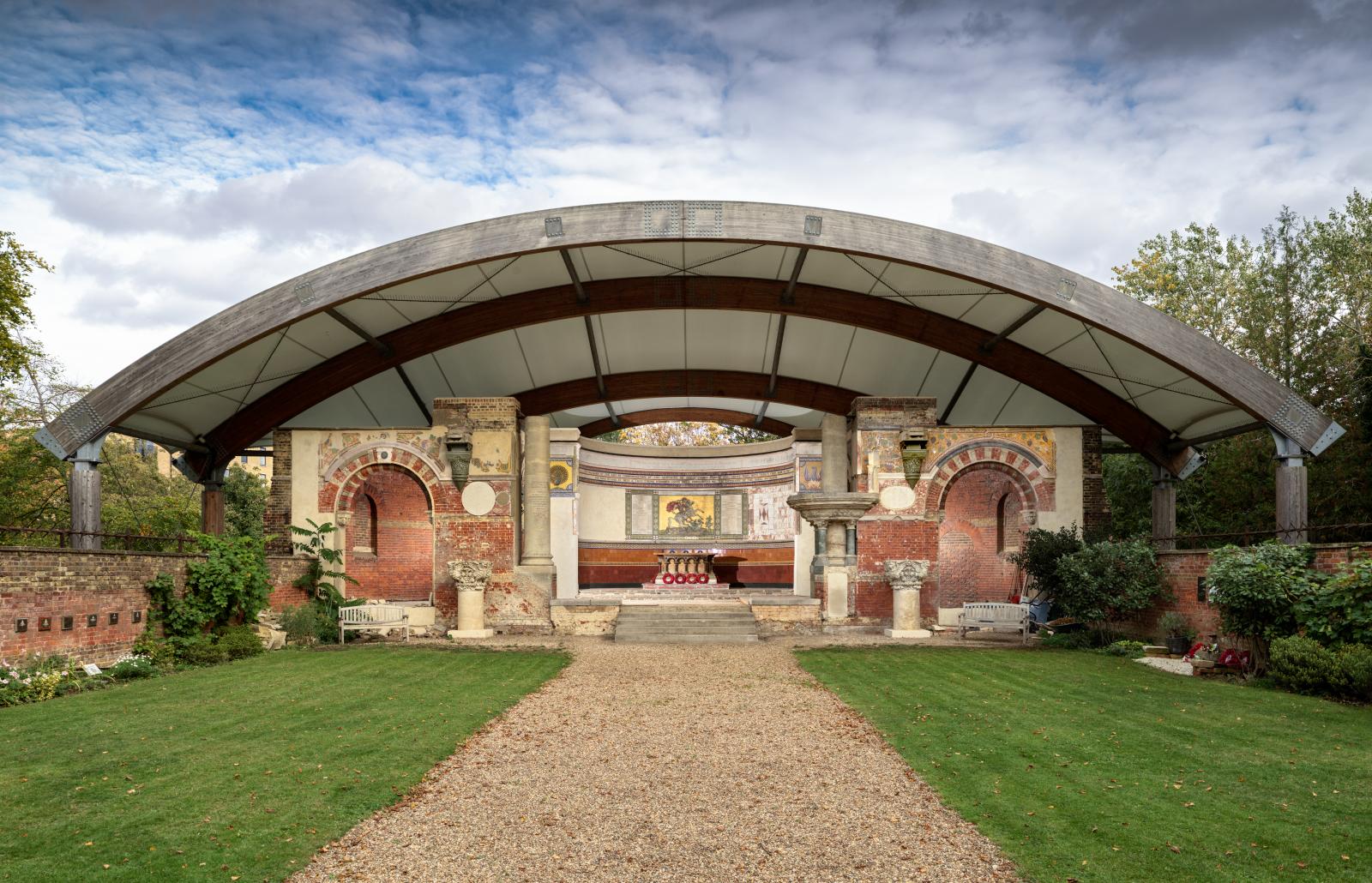Find Heritage at Risk on an interactive map. Move around the map to see what's at risk in your area or use the address search.
How to Suggest an Addition to the Heritage at Risk Register
This page explains how you can let us know about heritage sites which you think should be added to the Heritage at Risk Register. Some ‘at risk’ heritage sites are eligible for inclusion on the Historic England Heritage at Risk Register, others are dealt with by the local planning authority.
Of all listed buildings across England we assess:
- Grade I
- Grade II*
- Grade II listed places of worship across England
- Grade II listed buildings in London
Following the steps below, you will be advised to either contact the Conservation or Historic Environment Team within your Local Planning Authority or the Historic England team in the region responsible for the site.
Flowchart of the process
Step 1
Check to see whether the site is already on the Heritage at Risk Resister. You can Search the Register or Explore the map.
Step 2
If the site is already included on the Register, please contact the relevant Historic England regional team for more information. You can find their contact details here.
If the site is not currently on the Heritage at Risk Resister, then you will need to check if it is currently included on the National Heritage List for England. You can search the list here.
Step 3
If the site is not currently on the National Heritage List for England, then you will need to contact the Conservation or Historic Environment Team within your Local Planning Authority for further information.
If the site is Grade II Listed, not currently used for worship or not located in London then you will also need to contact the Local Planning Authority Conservation Officer or Planning Department to discuss your concerns about the site. Due to the development of the Register and lack of resources Grade II secular buildings outside Greater London aren’t currently eligible for inclusion on the Register.
If the site is Grade II Listed and is currently used for worship, please contact the relevant Historic England regional team for more information. You can find their contact details here.
If the site is Grade I, II* anywhere in England (including Greater London), or Grade II and in Greater London then please proceed to Step 4.
Step 4
Please check if the site meets the criteria for inclusion on the Heritage at Risk Register. See the selection criteria and risk assessment types here.
If you think the site does meet the selection criteria, please contact the local Historic England team for more information. You can find their contact details here.
When contacting the relevant team please provide:
- The site name from the National Heritage List for England List Entry Number from NHLE (if applicable)
- Details of the site’s condition and circumstances
- Photographs showing the site’s condition (if these can safely be obtained without trespass)
- Contact details of owners if known
We will then review your comments and visit the site to assess it for inclusion on the Register, if appropriate. Once we have reached a conclusion, we will contact you and let you know the outcome.
If the site does not meet the selection criteria, please contact the Conservation or Historic Environment Team within your Local Planning Authority to discuss your concerns about the site.





